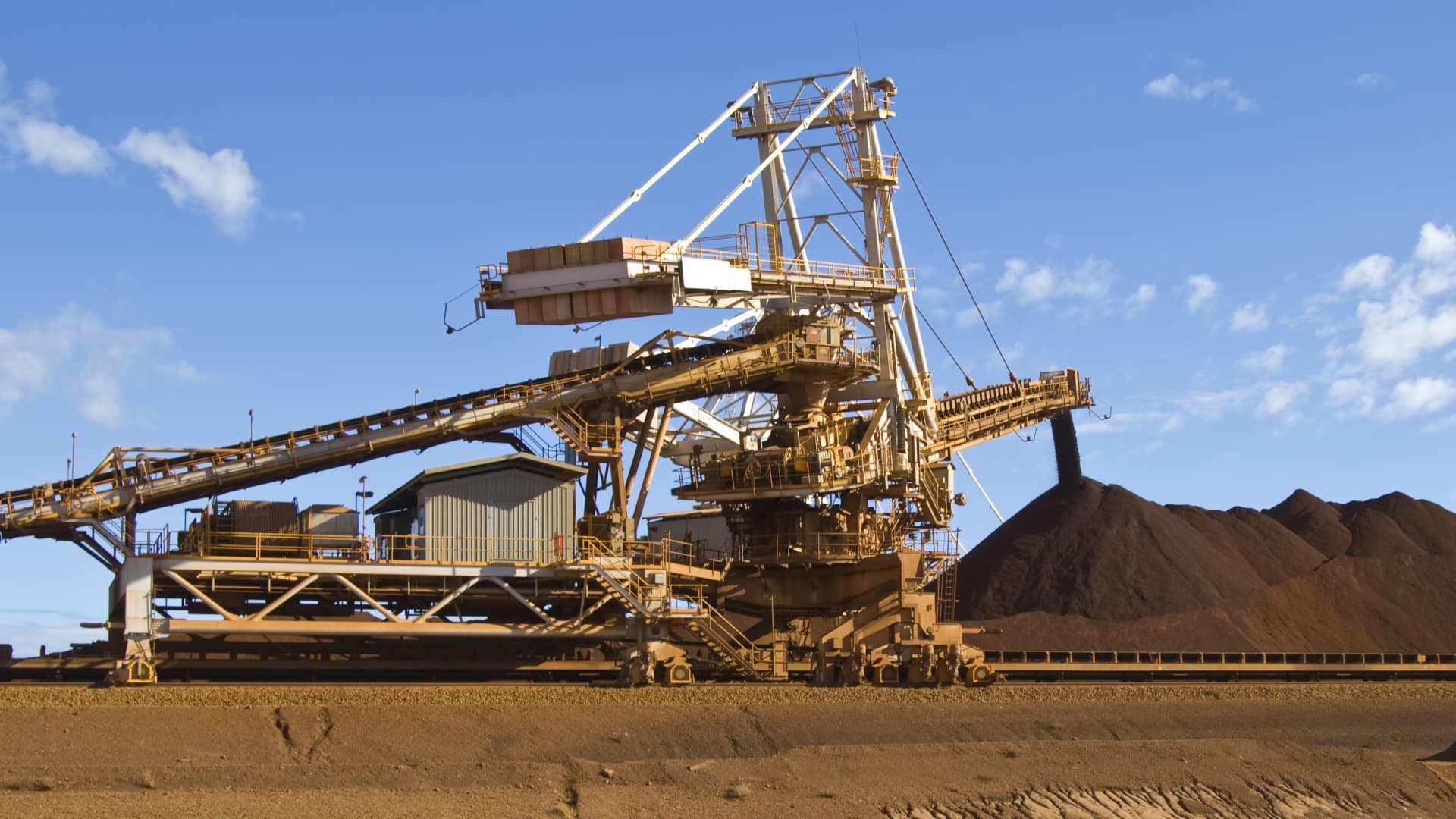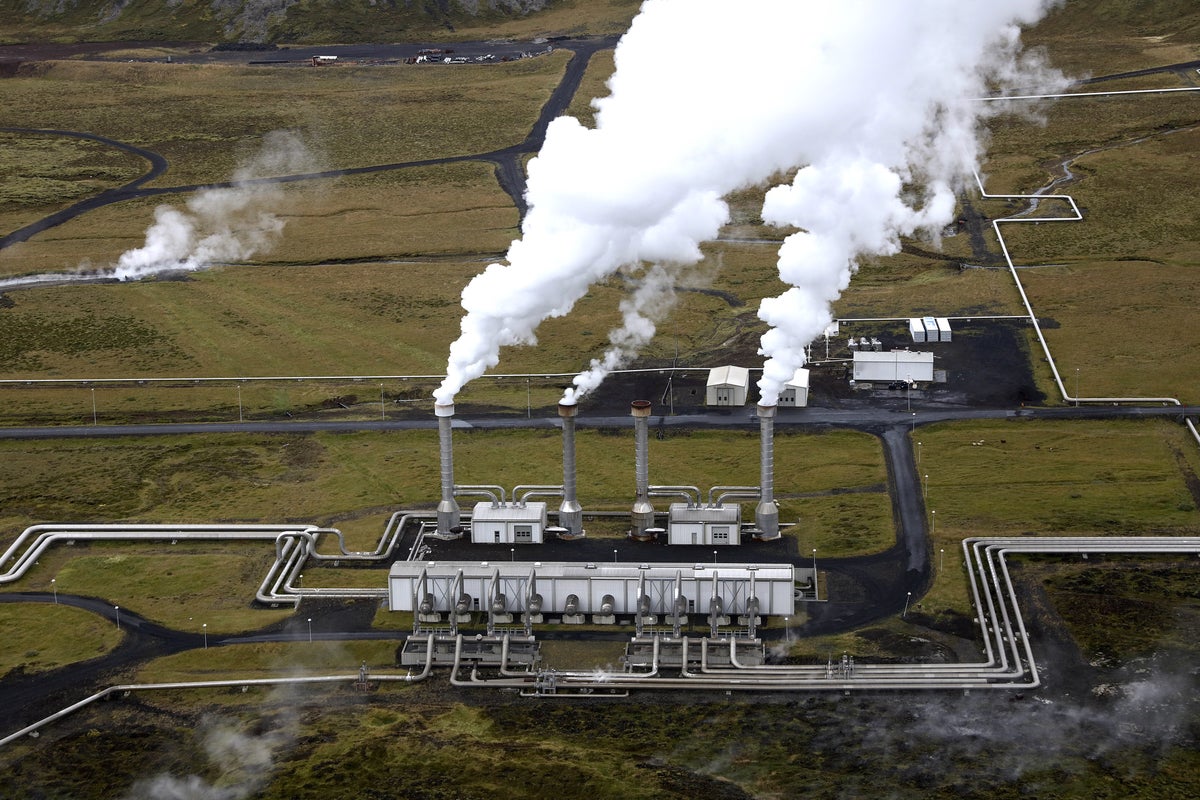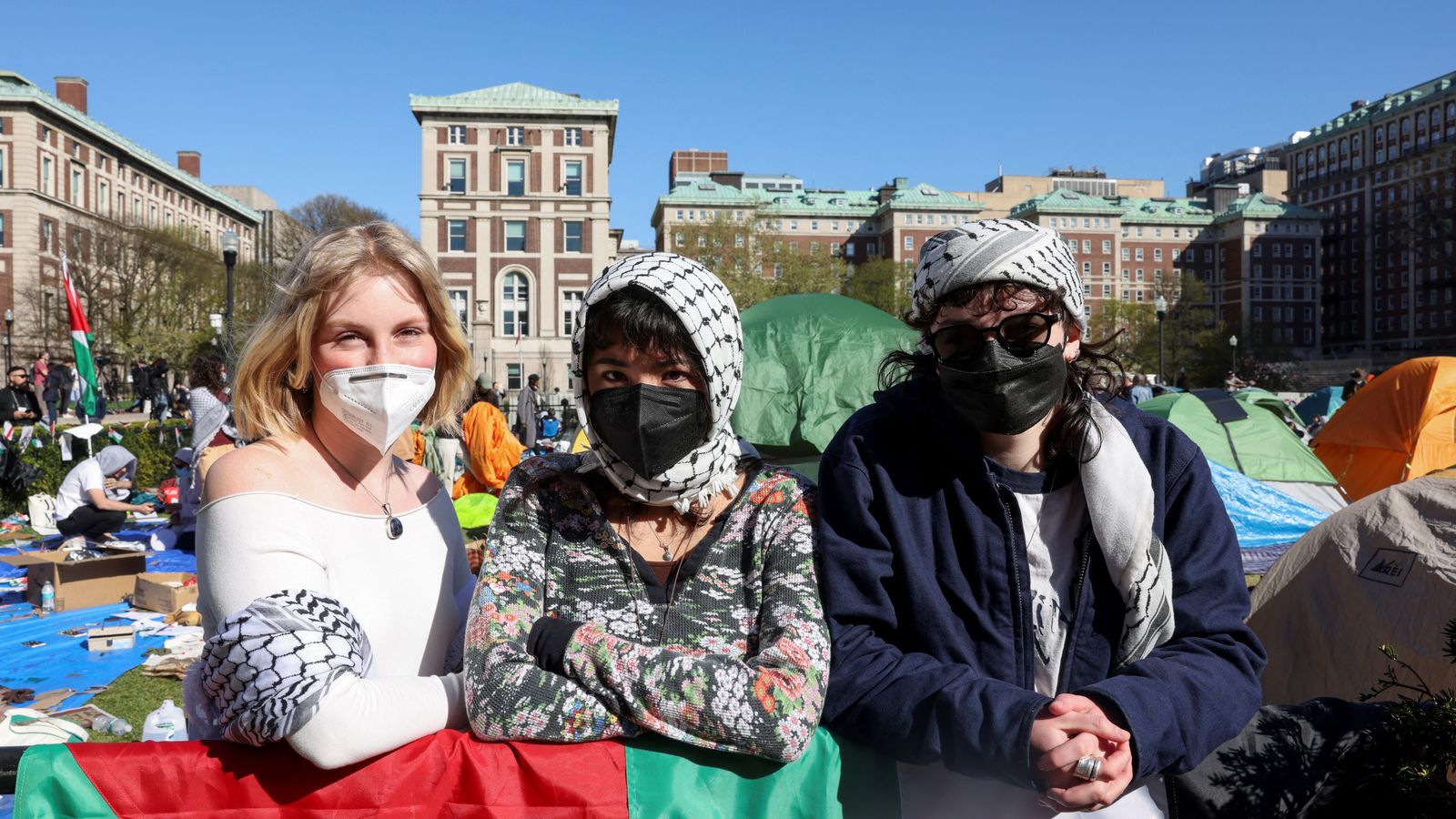- Arvind's Newsletter
- Posts
- Arvind’s Newsletter-Weekend edition
Arvind’s Newsletter-Weekend edition
Issue No #1100
1.Despite a red-carpet welcome, Elon Musk’s Tesla is yet to conduct ground studies or speak to state governments to manufacture in India, Mint reports.
In fact, Tesla has not conducted any significant studies or held detailed discussions with state governments in India yet, people familiar with the situation told Mint, signalling a lack of immediate intent to establish a manufacturing presence in the country.
2.In what could be one of the biggest megadeals this year—leave alone in the mining sector—Australia’s BHP, the world’s largest mining company with a market cap of $149 billion, has offered to buy UK-based Anglo American (AA).
AA, valued at about $39 billion, announced that the proposal is “unsolicited, nonbinding and highly conditional”. The condition is that AA demerge two South Africa-listed units: Kumba Iron Ore and Anglo American Platinum. However, the deal was later rejected by Anglo American as being “significantly undervalued.”
3.Breakthroughs in geothermal energy could make it a mainstream power source, scientists said.
Geothermal plants generate energy using heat from the Earth’s core, but the technology is only used in volcanically active areas: Iceland, for instance, generates 25% of its electricity from geothermal sources. But “enhanced geothermal systems”(EGS) pump cold water down miles-deep shafts to crack rocks far below the surface, using fracking-like techniques, and bring hot water up another shaft, allowing plants to be built in geologically inactive areas, Scientific American reported.
Geothermal power could generate 8.5% of the US’ electricity by 2050, according to the country’s energy department, which has recently awarded funding for three EGS demonstration projects.
4.Kyoto’s Tourism pollution: The Downside of a Tourism High
Kyoto, Japan's ancient capital, famed for its Buddhist temples and bamboo forests, is drowning in a tidal wave of tourists. The culprit? A weak yen that's luring travellers like moths to a flame.
Last year, this city of 2.5 million played host to a staggering 32 million overnight guests, leaving locals crying "tourist pollution". Overtourism has apparently left Kyoto's transportation system gasping for air, with residents forced to endure hours upon hours of waiting to board buses crammed to the gills with tourists and their luggage.
One city council even had to ban "Geisha paparazzi"—photo-hungry tourists harassing the city's geisha—from private alleys. Locals’ frustration peaked in February when they elected a mayor who vowed to stem the excesses of tourism.
But in a stunning reversal, the new mayor is now saying locals should understand tourism's benefits. Talk about a plot twist.
5.Hundreds of students were arrested on college campuses across the US during protests against Israel’s war in Gaza.
Demonstrations began last week at Columbia University in New York, and yesterday the University of Southern California and Emerson College in Boston each saw around 100 people detained. The protesters want universities to cut ties with companies supporting Israel, or even Israel itself. The Israeli prime minister called the demonstrations “horrific” and “antisemetic” but while protest leaders admitted some Jewish people had been abused, they denied that the movement was antisemitic. Columbia was also at the center of the 1968 protests against the Vietnam War and what students considered racist university policies.
6.The Mona Lisa may be moved from its place in France’s Louvre Museum, to improve the experience of viewing what was recently dubbed the “world’s most disappointing masterpiece.”
The painting, just 30 inches by 20, is presented in a large room behind bulletproof glass, and crowds make it impossible for most to get near, so one curator told Le Figaro that “at first glance it looks like a postage stamp.”
Leonardo da Vinci meant it to be viewed face-to-face. It is the main draw for the Louvre’s 9 million annual visitors, but a poll found it to be the most underwhelming of 100 great artworks. The museum’s director has proposed moving the painting to a new, dedicated room in the basement to “put an end to public disappointment.”
7.How strong is India’s economy? The Economist point of view.
In six weeks’ time Narendra Modi is expected to win a third term as India’s prime minister, cementing his status as its most important leader since Nehru. The electoral success of this tea-seller’s son reflects his political skill, the potency of his Hindu-nationalist ideology and his erosion of democratic institutions. But it also reflects a sense among ordinary voters and elites that he is bringing India prosperity and power.
Mr Modi’s India is an experiment in how to get richer amid deglobalisation and under strongman leadership. Whether it can grow fast and avoid unrest over the next 10-20 years will shape the fate of 1.4bn people and the world economy. Mr Modi’s formula is working—up to a point. But there are questions over whether India’s success can last and whether it depends on him remaining in power.
India, the world’s fastest-growing big country, is expanding at an annual rate of 6-7%. New data show private-sector confidence at its highest since 2010. Already the fifth-largest economy, it may rank third by 2027, after America and China. India’s clout is showing up in new ways. American firms have 1.5m staff in India, more than in any other foreign country. Its stockmarket is the world’s fourth-most-valuable, while the aviation market ranks third. India’s purchases of Russian oil move global prices. Rising wealth means more geopolitical heft. After the Houthis disrupted the Suez canal, India deployed ten warships in the Middle East. Presidents Joe Biden and Donald Trump have courted it without disputing that it will remain an independent actor.
If you are looking for “the next China”—a manufacturing-led miracle—it isn’t India. The country is developing at a time of stagnating goods trade and factory automation. It therefore needs to pioneer a new model for growth. One pillar of this is familiar: a massive programme of infrastructure that knits together a vast single market. India has 149 airports, double the number a decade ago, and is adding 10,000km of roads and 15gw of solar-energy capacity a year. Some of this infrastructure is intangible, including digital payments, modern capital markets and banks, and a unified digital tax system. All this allows firms to exploit national economies of scale.
A second, more novel pillar is services exports, which have reached 10% of gdp. Global trade in services is still growing and Indian it firms have marketed “global capability centres”—hubs that sell multinationals R&D and services such as law and accounting. Yet despite its slick tech campuses, India is still a semirural society. That explains the economic model’s final pillar, a new type of welfare system in which hundreds of millions of poor Indians receive digital transfer-payments. New data suggest the share of the population living on less than $2.15 a day in 2017 prices, a global measure of poverty, has fallen below 5% from 12% in 2011.
How much credit does Mr Modi deserve? His most successful policies draw on the liberal agenda that emerged in India in the 1990s and 2000s, but there is nothing wrong with that. He deserves credit for forcing through stalled reforms, personally overseeing key decisions and browbeating laggards and opponents in the bureaucracy. Some say he has fostered crony capitalism. Yet although some big firms get favours, concentration in business is falling, corruption has waned and business boasts a rich diversity. A cross between a ceo and a populist, Mr Modi relishes PowerPoint presentations as much as rallies. If he wins five more years, India will continue to grow strongly. So will its middle class: 60m people earn over $10,000 a year; by 2027, 100m will, reckons Goldman Sachs, a bank that now has 20% of its staff in India.
Yet India faces a daunting problem. Out of a working-age population of 1bn, only 100m or so have formal jobs. Most of the rest are stuck in casual work or joblessness. Mr Modi’s humble beginnings help him speak to these people. To absorb some of India’s spare labour he is using a state-run incentive scheme to promote manufacturing. But even if the scheme hits its targets, it will create just 7m jobs. President Xi Jinping’s plan for a Chinese export surge will only make the task harder.
India’s economy must generate mass employment to sustain its growth. One path would be an even bigger it sector, acting as a hub for a digitising world, and a cluster of export industries, including digital finance, food and defence (where stronger links with America would help). Spending by workers in these industries would in turn create more jobs in other sectors, from construction to hotels. An efficient, single domestic market would raise overall productivity and well-targeted welfare could help those who fall behind. For this, India would have to transform education and agriculture, and enable much more migration from the populous north to the big southern and western cities.
Judged by those epic standards, Mr Modi has too little to say. His Bharatiya Janata Party (BJP) has some talent and ideas but is mostly focused on ideology and Muslim-bashing. A rising illiberalism has curtailed political opposition and free speech. The fact that firms fear Mr Modi may explain why investment has yet to surge. The process of preparing the public for huge social change in the 2030s has barely begun. Remaking education, cities and agriculture will require the co-operation of state governments that are not led by the bjp and social groups that are facing disruption, but Mr Modi’s rebarbative politics have left many of them estranged.
India’s Lee Kuan Yew or its Erdogan?
The question for India and its heavyweight economy is not whether Mr Modi wins, but whether he will evolve. Aged 73, he may find his powers of management fade. To create a new reform agenda on a par with the one that emerged out of the 1990s, and to foster a thriving knowledge economy that rewards people for thinking for themselves, he will have to temper his autocratic impulses. To attract more local and foreign investment and to find a growth-minded successor, his party will need to curb its chauvinistic politics. If not, Mr Modi’s mission of national renewal will not live up to its promise.





